Naqlun (Egypt)
Dates: 18 October – 26 November 2009
Team:
Prof. Dr. Włodzimierz Godlewski, director (Institute of Archaeology, University of Warsaw)
Assoc. Prof. Tomasz Derda, papyrologist (Institute of Archaeology, University of Warsaw)
Barbara Czaja-Szewczak, textile restorer (Wilanów Museum, Conservation Labs)
Dorota Dzierzbicka, archaeologist-papyrologist, PhD candidate (Institute of Archaeology, University of Warsaw)
Łukasz Krupski, archaeologist (freelance)
Szymon Maślak, archaeologist (freelance)
Marzenna Ożarek, archeologist-anthropologist, PhD candidate (Institute of Archaeology, University of Warsaw)
Katarzyna Danys, archaeologist–ceramologist (freelance)
Paweł Małkowski, archaeologist (Institute of Archaeology, University of Warsaw)
Urszula Iwaszczuk, archaeozoologist (freelance)
Aneta Skalec, student (Institute of Archaeology, University of Warsaw)
The most recent season at the monastery site of Naqlun in the Fayum Oasis in Egypt was focused on clearing another section of the 6th-7th century monastic architecture that was once part of the Nekloni monastery. The building in question, situated in the southern part of the excavated area, comprised at least four double rooms. It shared the fate of the rest of the monastery, which was destroyed in a great conflagration in the first half of the 10th century. Indeed, the fire was so immense that nothing of the interior furniture appears to have been saved. What’s more, even valuable personal belongings were left behind, never to be collected from the ruins.
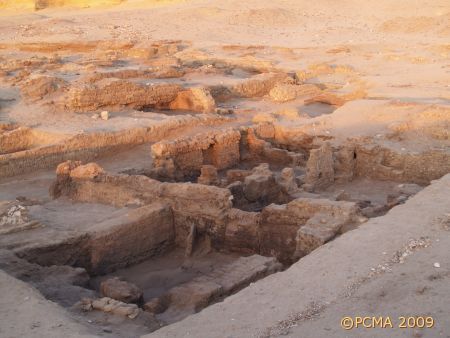
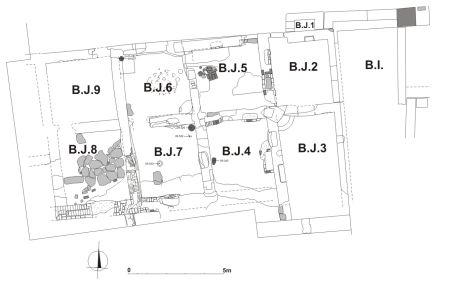
One of these presumed personal treasures was a hoard of golden Abbasid denarii left in a small vessel in one of the rooms. The hoard comprises 80 coins, either whole or cut into smaller sections — 3/4, 1/2, 1/3, 1/4 — presumably for commercial purposes. It has been dated provisionally to the first half of the 10th century, the reign of Caliph al-Muqtadir (908-932) at the earliest. These coins, which may have belonged to the monastery, constituted a real treasure at the time. Suffice it to say that in the late 10th century a large house with garden in Fayum could be bought for about six – six and a half denarii and a smaller one for two and a half denarii. The value of real estate in Fayum is known so precisely thanks to an archive of 50 notary documents found in Naqlun in 1998 (the complete publication of which should come out in 2010).
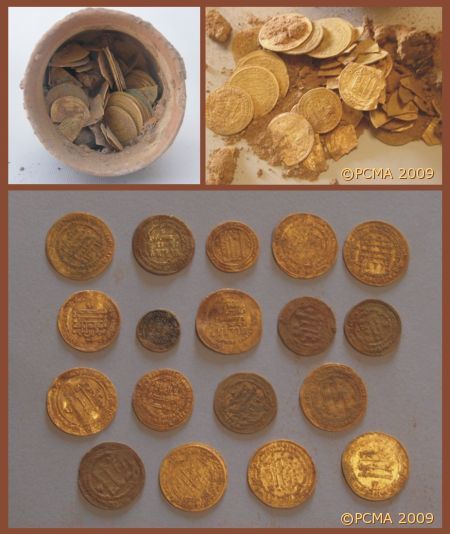
W. Godlewski)
The room which yielded the pot of gold had other elements of its interior furnishings which were not salvaged after the fire. Among these was a fine bronze polycandelion and a bronze lamp to be mounted on a candlestick, as well as some bronze fittings and a fragment of richly decorated bone inlay, tantalizing evidence of a fine casket that had once belonged to the person living in this building. A casket of this kind, of Sicilian make from the 11th century, was found a few years ago in another part of the monastery. More testimony as to the identity of the man who lived here before the fire is provided by 12 bone plugs used to close papyrus codices. They are the only evidence of a library that must have existed in this unit.
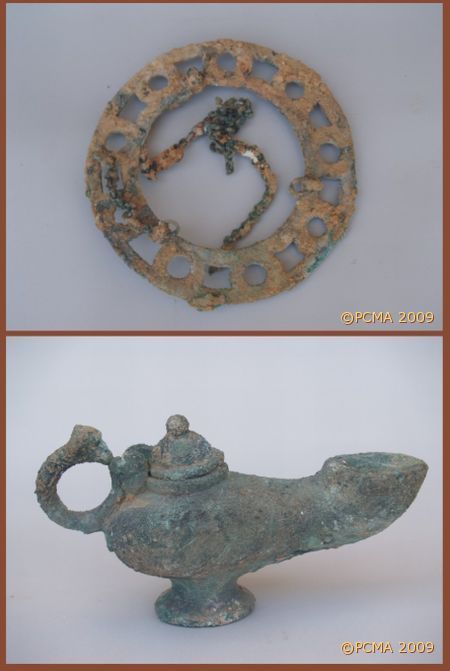
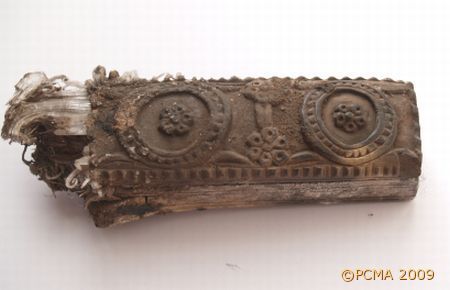
The ruins were abandoned after the conflagration until in the 12th century they became the site of an extensive secular cemetery of the Christian population from Fayum. This season more than thirty burials were explored in an effort to reach the underlying layers. In keeping with what is already known about this cemetery (see reports from earlier seasons in Polish Archaeology in the Mediterranean), the dead were buried in fine textiles that have often survived in very good condition, and furnished with a variety of small glass and glazed pottery vessels containing presumably aromatic oils. These are excellent wares of the Fatimid period, some of the best ever found in Naqlun and not only.
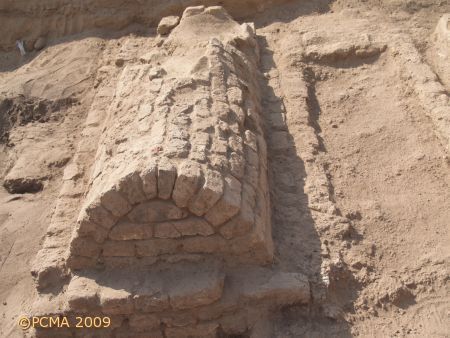
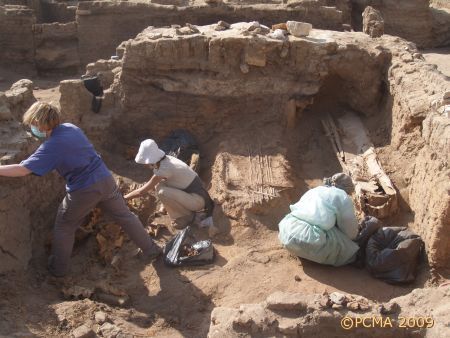
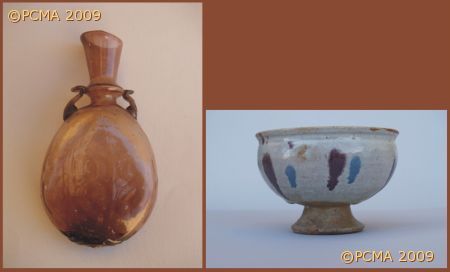
The finds have also included fragments of older tombstones coming from an earlier cemetery that had existed in the neighborhood of the monastery in the 6th and 7th centuries (see reports from earlier seasons in Polish Archaeology in the Mediterranean). One complete example of such a tombstone was inscribed for a certain Thomas. Some fragments of Greek and Coptic documents have also been recorded, but none equaling last year’s discoveries either in state of preservation or importance.
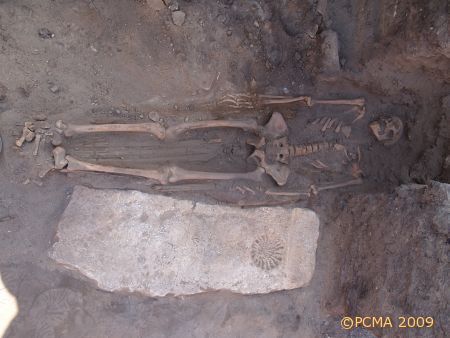
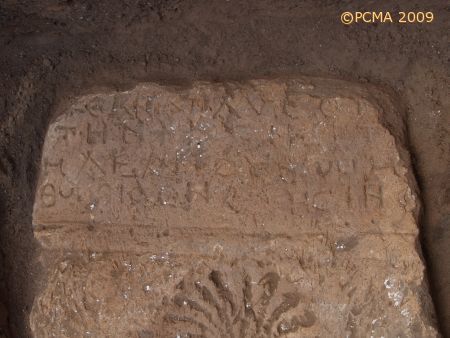
[Text: W. Godlewski]
